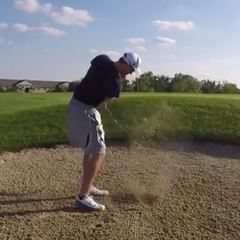IGNORED
How Club Path and Face Angle Determines Ball Flight
Note: This thread is 6119 days old. We appreciate that you found this thread instead of starting a new one, but if you plan to post here please make sure it's still relevant. If not, please start a new topic. Thank you!
-
Topics Being Discussed Right Now on The Sand Trap
-
Low Spinners (Viktor Hovland, AoA) 1 2
By iacas, in Instruction and Playing Tips
- spin loft
- low spinner
- (and 2 more)
- 21 replies
- 4,682 views
-
"5 Minutes Daily" Practice Challenge 1 2 3 4 851
By iacas, in Instruction and Playing Tips
- 5 minutes daily
- dedication
- (and 6 more)
- 15,313 replies
- 932,155 views
-
- 80 replies
- 2,622 views
-
- 19,540 replies
- 1,064,666 views
-
- 12 replies
- 7,767 views
-









Recommended Posts